|
In the city of Troy, few streets have more history and important buildings than River Street. From North Central to South Troy; end to end, the history of this Hudson River city can be gauged by the growth, improvement, successes and failures that took place along its length. From mansions and workingmen’s houses to factories, theaters, breweries and retail shops and offices – the pulse of Troy can be taken on River Street. This is the third in a series of articles about River Street. Today’s building has had so much going on inside over the years, there was too much information to process in one post. I wish all my buildings had such a well-documented and full history. Today, 197 River, is known primarily as home to River Street Beat Shop, one of the few remaining music stores around where one can still buy vintage vinyl records, all kinds of cd’s and even 8-track tapes sometimes. If you happen to be inside, rocking to bands you may not have heard since you were a teenager, you might be surprised to learn that this is not the first-time music has been enjoyed at this location. But I’m getting way ahead of myself… In the Beginning After Troy’s disastrous fire of 1820, the merchants of River Street spent no time crying over lost businesses. They rebuilt as quickly as they could, and by the beginning of the 1830s, many of River Street’s warehouses were back in business, this time in sturdy brick. The owner of this property, 197 River Street, was blessed with an extra-wide lot. It enabled him to build a 31-foot wide building with separate North and South ground floor entrances. The 80-foot deep, four-story building was built in the early 1830s, and by 1834, this address appears in the Troy papers. Please keep in mind, the façade of this building did not look like what we see today. It was much plainer, probably in the Greek Revival style, just like its neighbors next door, although it probably did not have the upper-story freight doors in the front, as it was never a “stores” in the same way as the others. The first retail tenant was a jeweler named Abraham Fellows. A year later, he was replaced by another jewelry dealer called Dennis & Fitch. Their establishment carried watches, clocks, ladies’ jewelry, silverware and cutlery. Most notably, the forerunner of the Troy Public Library had its start here at 197 River Street. The Young Men’s Association was established in 1834 as a gathering place and reading room for young men interested in bettering themselves through learning. Such clubs were commonplace in America, and in fact, the Brooklyn Public Library had the same start – a young men’s association where learning was the reason to gather.. Troy’s Young Men’s Association rented the second floor of 197 as their headquarters between 1835 and 1851. Among the activities the group took part in was establishing growing library of books. They had a librarian on hand, and lent books to members. This collection of 1,200 books eventually became the Troy Public Library. 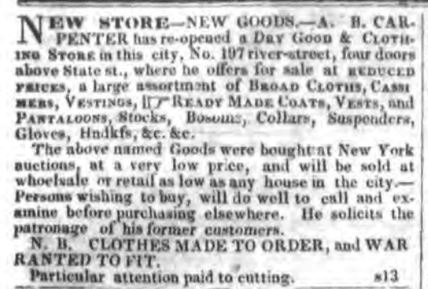 1839 ad. Troy Daily Whig 1839 ad. Troy Daily Whig Rockwood’s Alhambra By 1838, a new tenant had moved in – A. Salisbury & Son. They were dry-goods merchants, the first of several dry goods and clothing merchants to occupy the address in the next few years. Other dry goods dealers attached to the property between 1838 and 1840 were the F. Morgan Company and the A. B. Carpenter Company. All three advertised in the Troy papers while at this address. Sometime in 1840, a Mr. Moore opened a restaurant in the South part of the building. Two years later, Elihu R. Rockwood took over the building and the restaurant and expanded it to the entire ground floor. He created a business that was hailed as one of the best restaurants outside of New York City. As we all know, location is key, and Rockwood had picked the ideal location for a large busy restaurant. The back of his building faced the river. More importantly, two doors down, on the corner of River and State Street, was a railroad office, and behind it was one of Troy’s busy steamboat docks. Every day, several times a day, day trippers and businessmen from New York City to Albany, and points between, disembarked to see Troy’s sights and conduct business. One couldn’t ask for a better site for a restaurant. 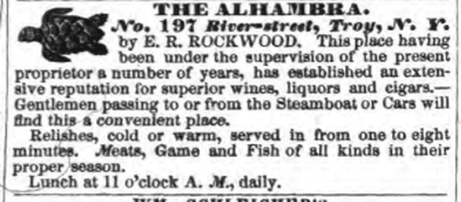 1852 ad. Troy Daily Times 1852 ad. Troy Daily Times , By all accounts, Rockwood was a great restauranteur and a genial host. It was he who began calling the building and his restaurant “the Alhambra,” around 1845, and the name soon accompanied advertising associated with 197 River Street. For the next ten years, Rockwood’s was the most popular restaurant in Troy. The reputation spread throughout the state, with endorsements for Rockwood’s appearing in newspapers in Utica and other upstate cities. Elihu Rockwood died on March 3, 1853. His son George kept the restaurant kept going under the Rockwood name for another couple of years. They expanded their menu, and added a “Ladies Saloon” on the second floor. This was not a Wild West-style saloon, but an elegant dining room and "salon" for ladies to lunch, take tea and refreshments, and see and be seen while out shopping. The Budget Building While Rockwood’s was bustling downstairs, there was plenty going on in the rest of 197 River Street. In 1847, the Troy Daily Budget, one of the city’s many daily newspapers, moved from down the block into one of the upper floors of the building. Like most newspaper printers of their day, the Budget not only published their paper, they also were general printers. Their printing presses produced business and calling cards, checks and checkbooks, circulars and pamphlets for their clients. They were one of at least three printing companies on this block, with several others in the neighborhood. Because it was important to establish a presence in the city, they referred to the building as the “Budget Building.” It’s one of the joys of research, finding conflicting names, (not!) but the Alhambra name appears at least five years earlier than the “Budget Building.” Both are in use at the same time. 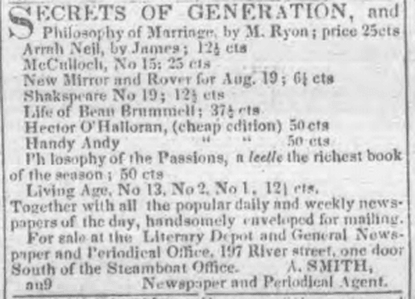 1844 ad. Troy Daily Budget 1844 ad. Troy Daily Budget The four-story large building also had other tenants. The Young Men’s Association was still here in 1844, and they were joined by A. Smith’s Literary Depot and General Newspaper and Periodical Office. His ads start to appear around 1844, and he was here for several years. In addition to periodicals and newspapers, he also carried books and magazines, ranging in title and interest from Shakespeare to popular fiction. 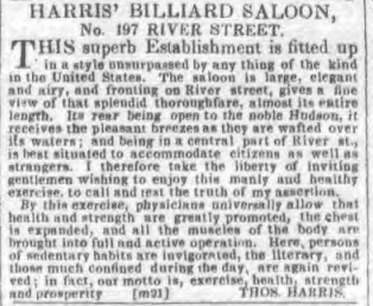 1847 ad. Troy Daily Budget 1847 ad. Troy Daily Budget Thomas Harris’ Billiards Parlor opened in 1847. His ad notes that his establishment was large, open and airy, and opened onto that fine thoroughfare: River Street. The back of his parlor opened onto the river, or as he put it, “the noble Hudson,” and received its pleasant breezes as they wafted over the waters. What floor was he on? It could have been the top floor, as Harris’ ad extols the expansion of the chest during the invigoration of exercise. Yeah, sounds like the top floor. 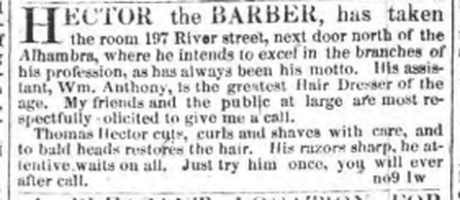 1852 ad. Troy Daily Times 1852 ad. Troy Daily Times The Hudson River Railroad Hector the Barber might have been here, too. The wording of his add is a bit ambiguous. He may have actually been next door. His ad in 1852 invites his customers to come to his shop, where he and his assistant, William Anthony, “the greatest hair-dresser of the age,” worked his wonders. Hector would give a shave and haircut par excellence. He could even make a bald head grow hair! (Shades of Sweeney Todd!) 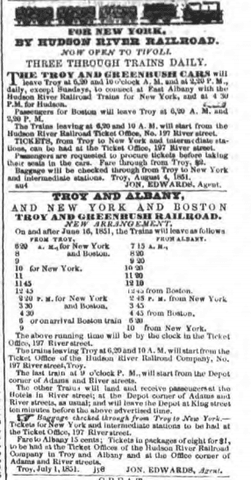 1851 ad. Troy Daily Whig 1851 ad. Troy Daily Whig Hector may have had his addresses a bit confused, but the Hudson River Railroad of Troy and Albany was definitely here at 197. Their ads appear throughout the early 1850s. A railroad office wouldn’t take that much room, and may have been upstairs somewhere, probably on the second floor. The railroad office arranged bookings and issued tickets. A ticket to Albany from Troy cost 15 cents, and a trip to New York City would cost you $2.00 in 1851. Tickets were also available to Boston. Apparently, the trains left from this location, and a terminal at River and Adams Street. An 1870’s map of River Street shows railroad or trolley tracks on the street. Further down the block, the Troy & Lansingburgh Railroad had an office, too. Where did they put these people? Perhaps in the old Library space? The Young Men’s Association had moved to larger accommodations in 1851. 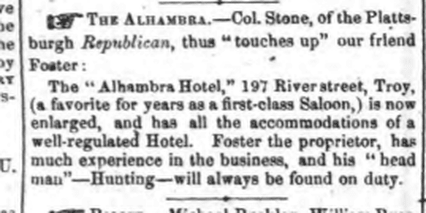 1856 ad. Troy Daily Times 1856 ad. Troy Daily Times Foster’s New Alhambra Saloon and Hotel In 1856, the Alhambra passed on to a new owner. Frank Foster, who came to the business from his previous endeavor, Foster’s Varieties and Museum, in Providence, Rhode Island. He notes in an ad that he hopes that the establishment’s patrons would continue to be customers. Another ad notes that he had refurbished and enlarged the place, and now offered it as a complete hotel. One can only surmise that most, if not all the previous tenants were gone. Foster sold the business only three years later, in 1859. The Rockwood glory days had faded, and business was down, as this part of River Street was being eclipsed by newer buildings going up further up the street, towards the center of downtown. The buyer was a Troy grocer named Alexander Lutzelberger. He had big plans for 197 River Street. What faded glory? He was going to remake the building, and create the grandest establishment in Troy. Next time: The Alhambra makes a comeback, and what happens next, on into the 20th century: the conclusion of the story of 197 River Street.
4 Comments
Suzanne Spellen
1/10/2017 10:18:14 pm
I'll get around to those eventually. Be patient.
Reply
Tj kennedy
1/10/2017 10:35:41 pm
Liz, i believe you could pay a visit to the rensselaer county historical society on 2nd street. You'll have to do a bit of research there but they can help.
Reply
Leave a Reply. |
AuthorMy name is Suzanne Spellen. I've been many things: a writer, historian, preservationist, musician, traveler, designer, sewer, teacher, and tour guide; a long time Brooklynite and now, a proud resident of Troy, NY. Archives
February 2019
Categories
|
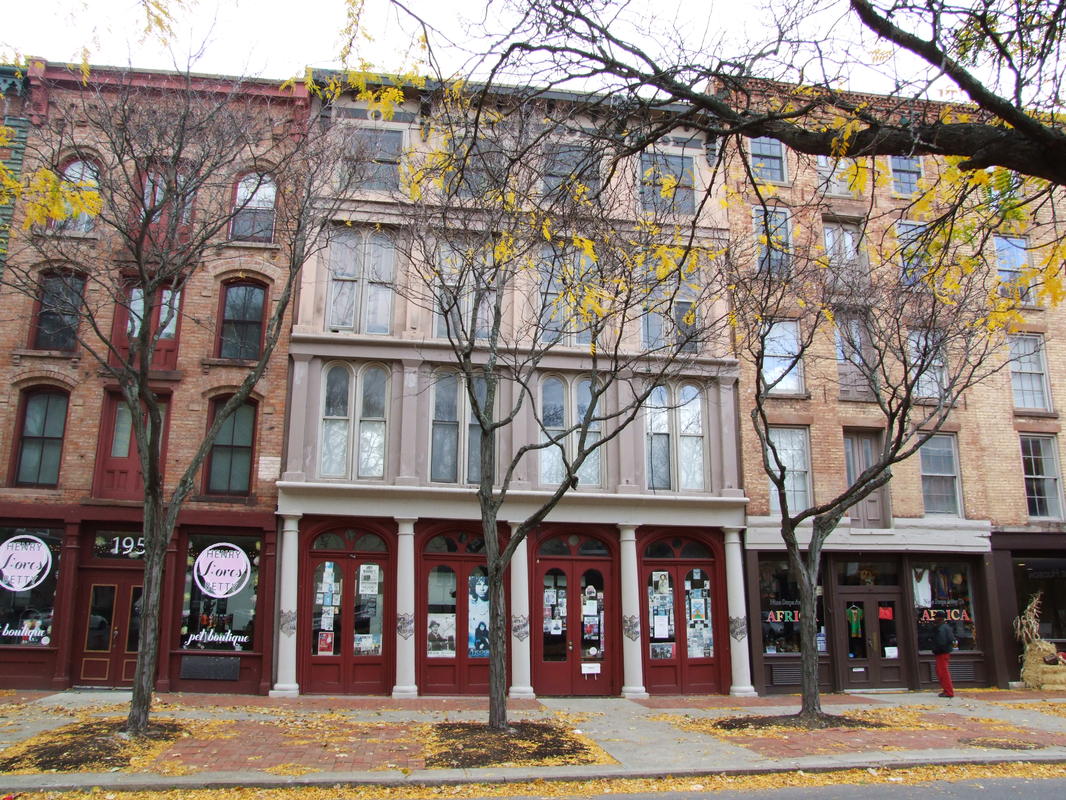
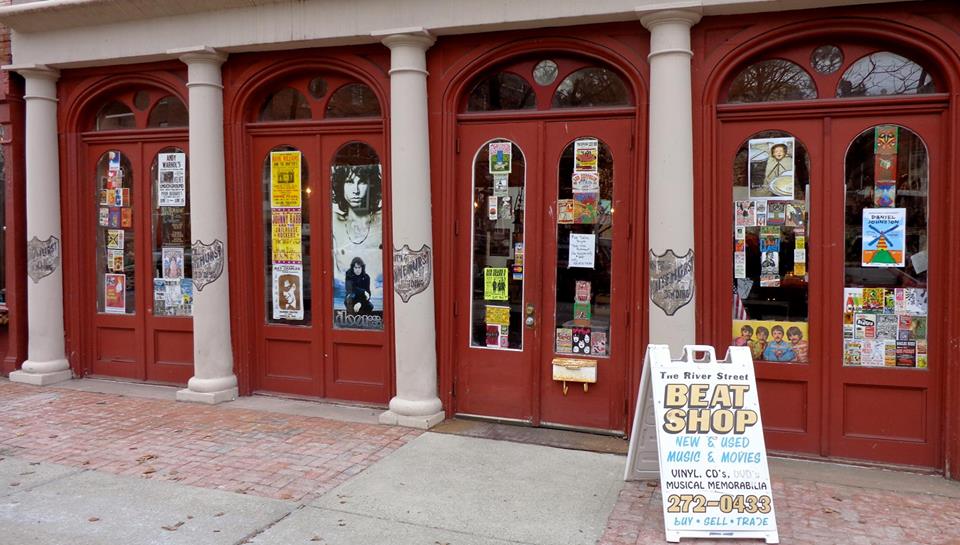
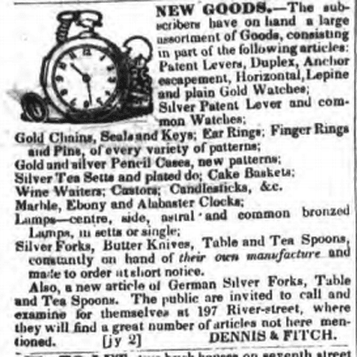
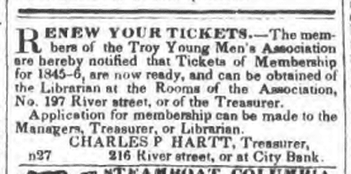
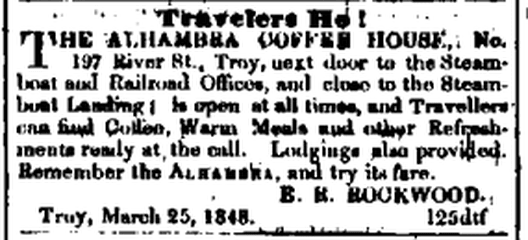
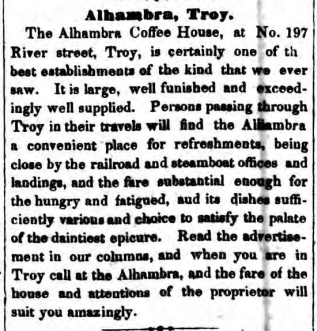

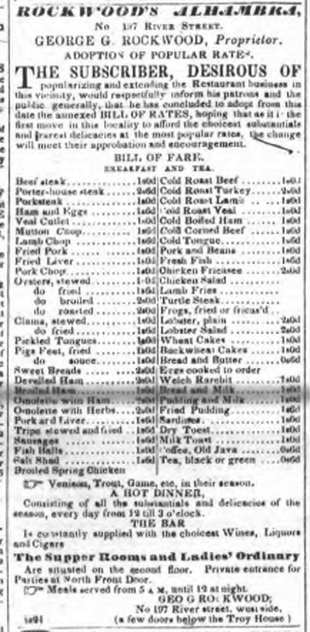
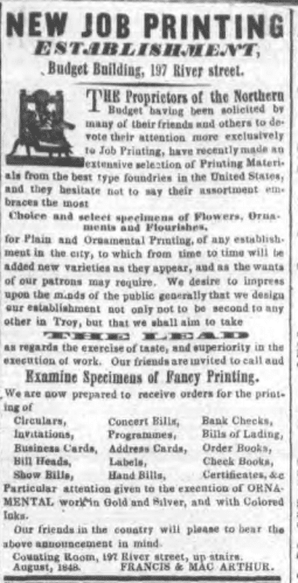
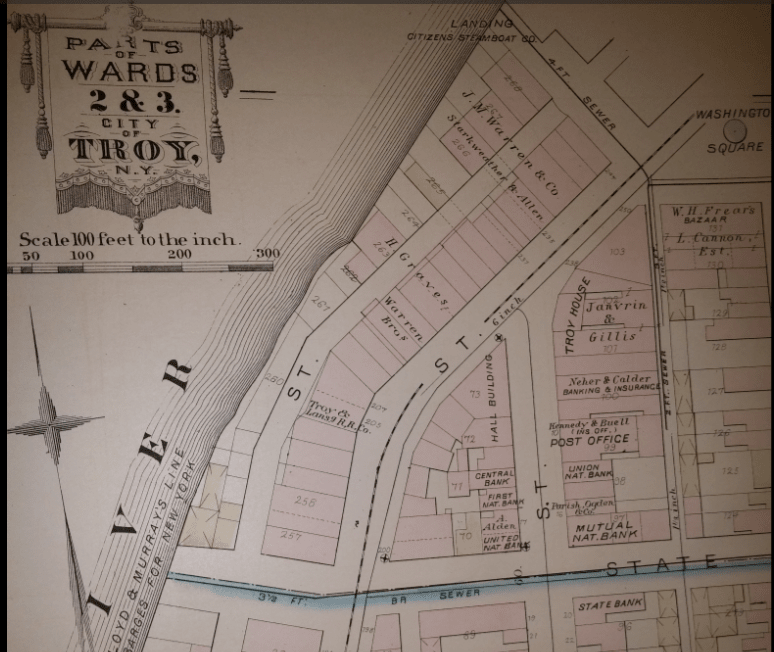
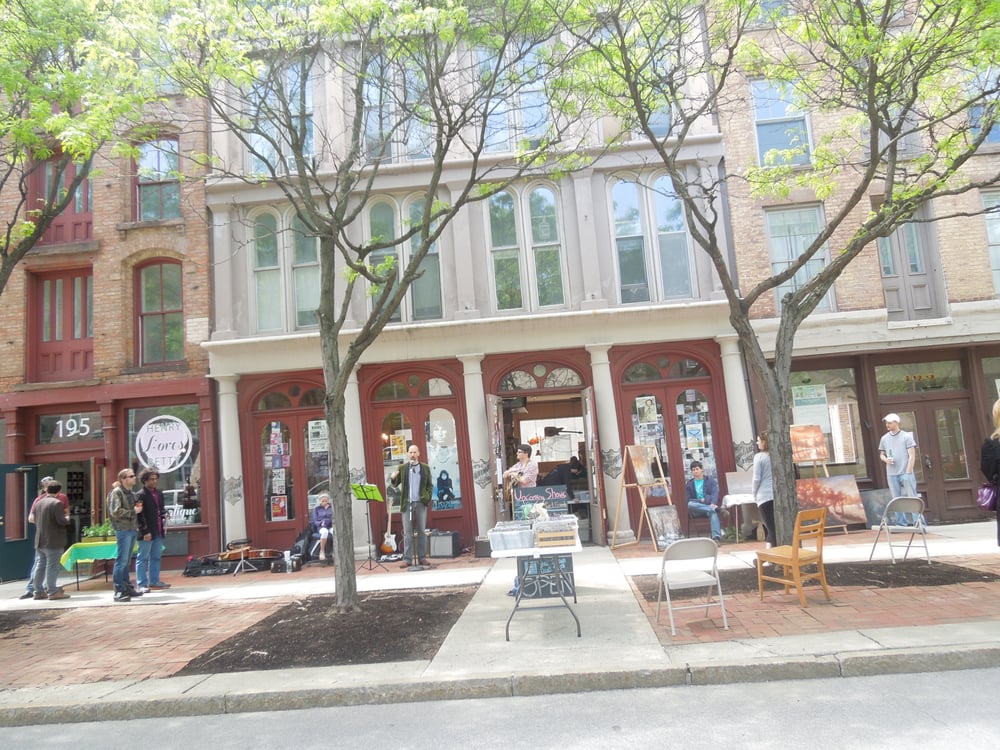

 RSS Feed
RSS Feed
